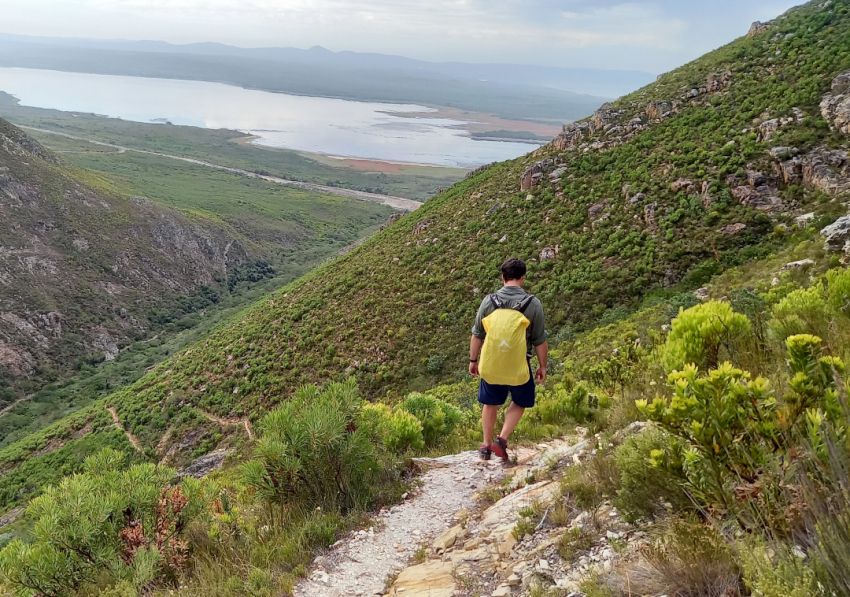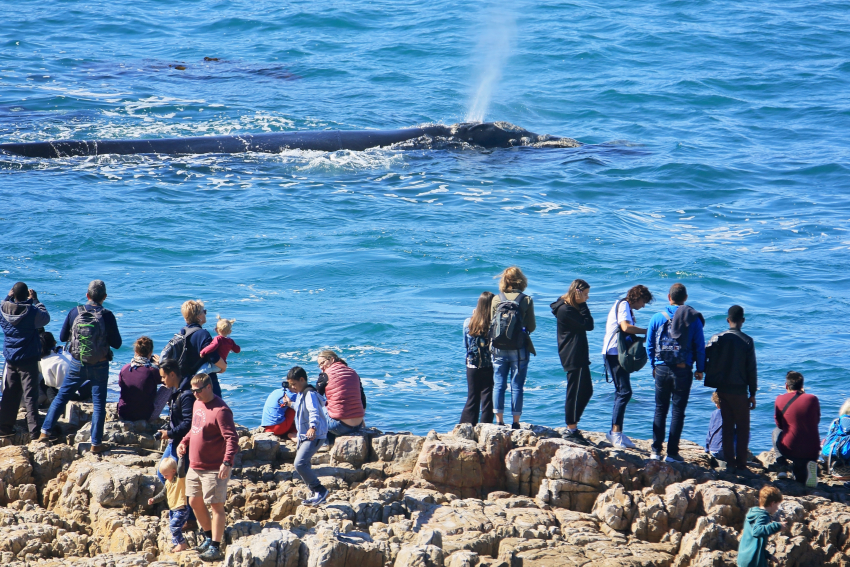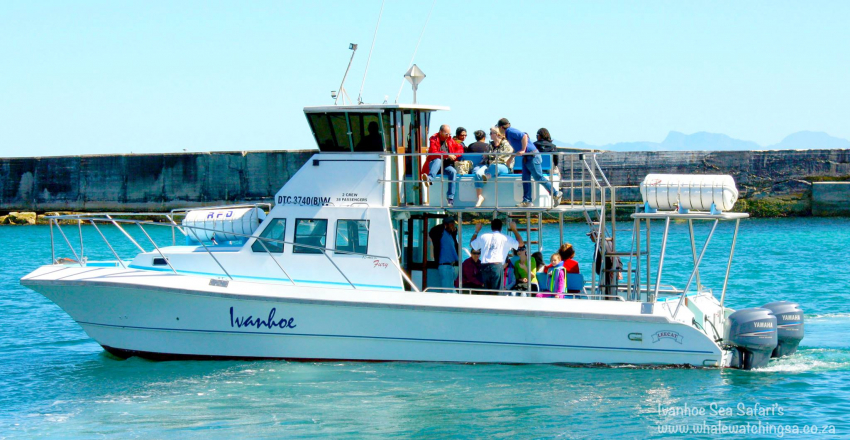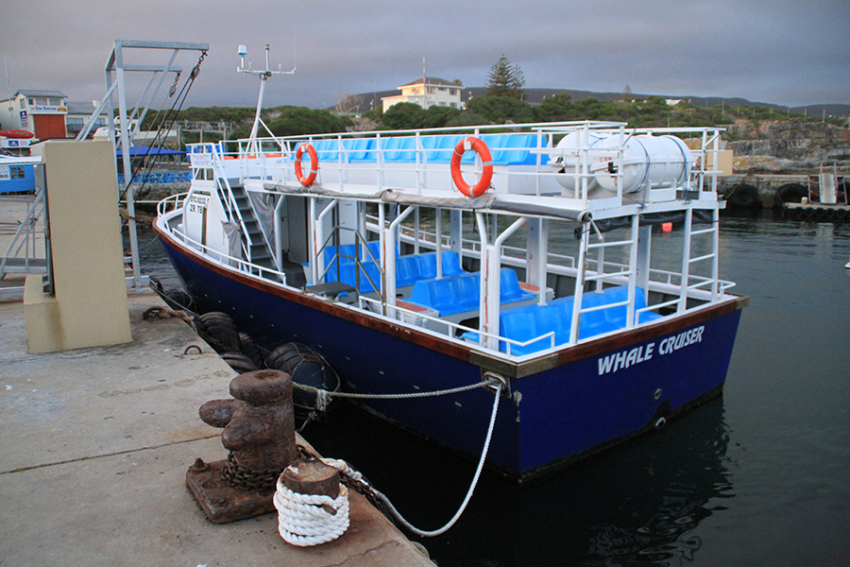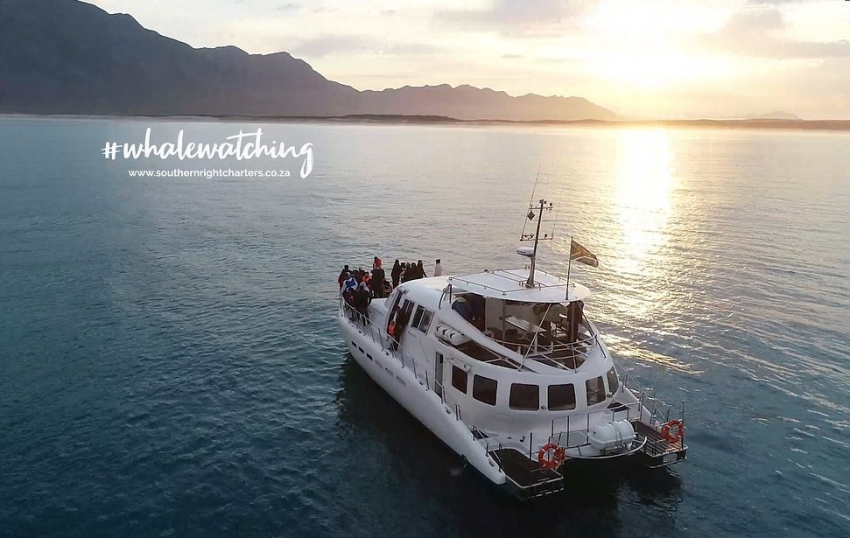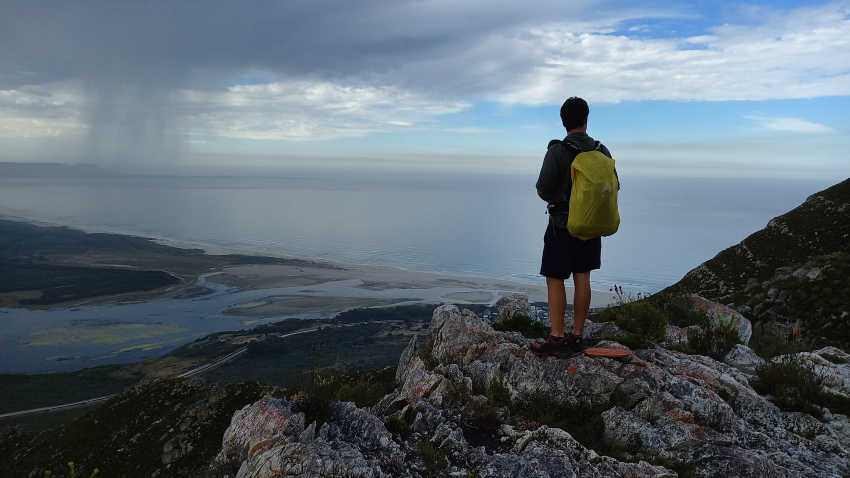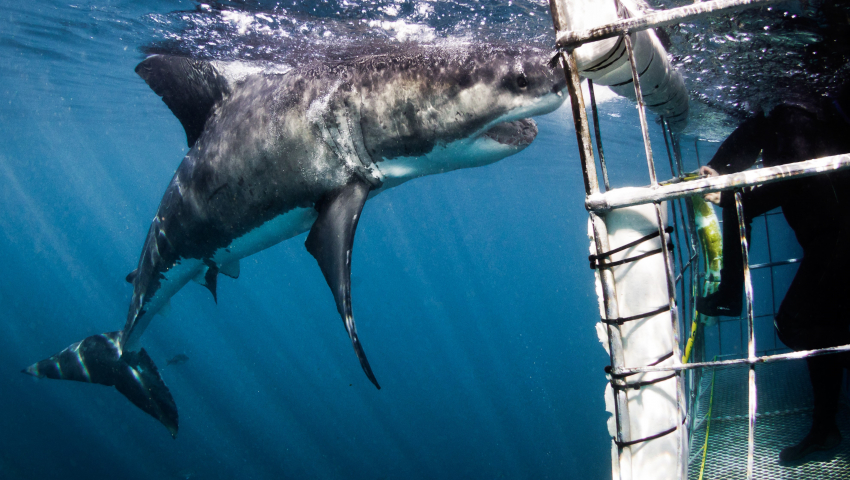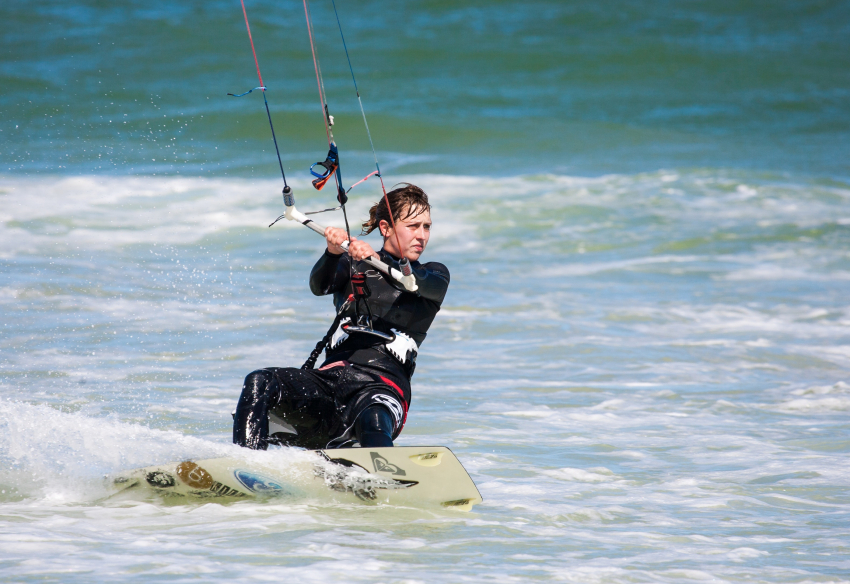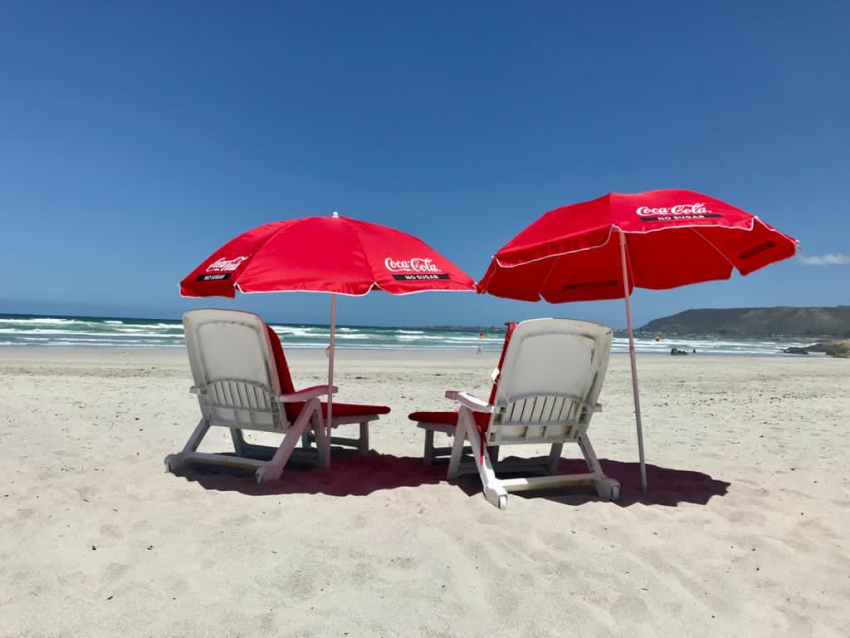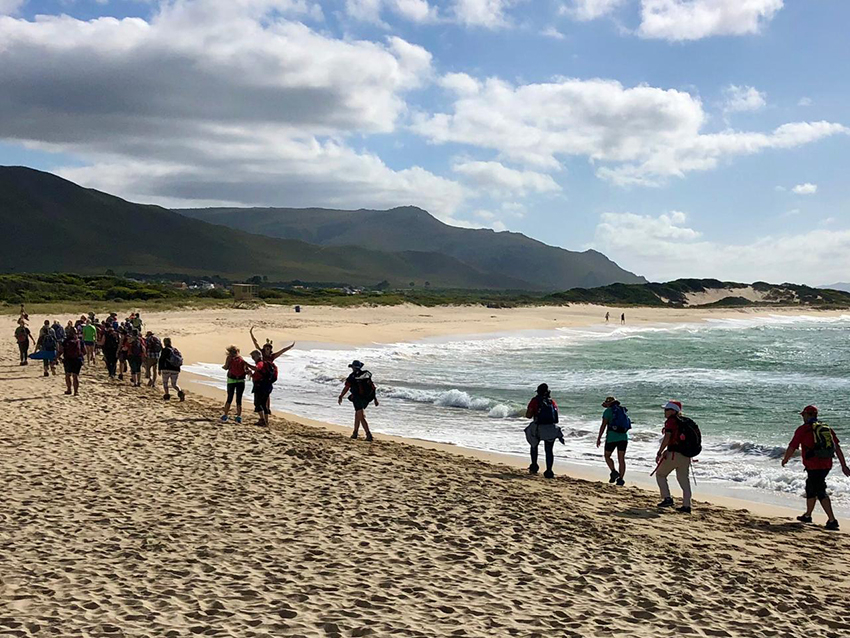Lobster, also known as crayfish, is a special delicacy on the West Coast, the most popular being the West Coast rock lobster or Cape rock Lobster (Jasus Lalandii). Because of the delicate balance of the coastal region's fauna and flora, strict rules are in place for both sport and recreational lobster fishing. These rules are as follows:
Crayfish Permits
A special permit is required if you intend on catching crayfish as this is not covered by the normal fishing permits you could get. These special permits can be bought at your local post office but children under the age of 12 are not allowed a permit and are therefore not allowed to catch crayfish either.
Catching Season
Please go to whalecoast.info for up to date information
Bag Limits
Private crayfishing limits you to 4 crayfish per permit holder per day, whilst the maximum amount of crayfish that can be in any one transport at any given time is 20, on condition that all permit holders are present.
Size Limits
To keep the crayfish population at a normal level, certain size restrictions must be adhered to. The minimum size is 80mm (3.15 inches), which is measured from the tip of the centre horn to the end of the body (where the tail starts).
Legal Catching Methods
Private crayfishing enthusiasts may only catch them using a baited crayfish ring, a baited line and scoop net or, if entering the water from shore, by hand using free diving equipment (i.e.: no scuba gear). Also, it is illegal to have both diving equipment and a crayfish ring on the same vessel.
It is also illegal for anyone to catch and then keep crayfish with berry (carrying eggs) or that have soft-shell casing. If caught, they should be returned to the ocean immediately with as little damage as possible to the animal (if any).
Once the crayfish is on the vessel, it may not be sold, cooked or otherwise removed from the vessel until it is brought ashore. With regards to live in vessels and yachts, you are allowed to cook the lobsters, as well as transfer them for tender.
Buying Crayfish from Private Individuals
Local fisherman are able to apply for and be issued with an Interim Relief Permit, which entitles the holder to sell up to 80 crayfish a month. However, there are several restrictions:
- The total monthly allowance cannot be sold all at once and must be sold in at least two different batches.
- The crayfish must comply to the size and specification limitations.
- The seller must issue the buyer with a receipt that includes
- Name of the permit holder
- Permit number
- Name of the buyer
- Date and time
- Registration number of the vehicle of the buyer
- The amount of crayfish sold
Male or Female Crayfish Limitations
The allowed amount of male crayfish that can be caught differs from the number of female crayfish. It is therefore important to be able to distinguish between the two.
The female has an extra “toe” on the set of hind legs. This is used for scratching the newly hatched crayfish from its tail. The male has no “toe” but rather smaller “leaves” under its tail (the flaps that make up the underbelly of the tail).
Where to Catch
Crayfish are mostly caught in shallow rocky regions in amongst kelp beds. However, No crayfish may be caught within closed areas, which are clearly marked and described by the Sea Fisheries pamphlet and information board.
Overall, these regulations and limitations are in place for the safety and prolonged existence of the crayfish along our coastline. Although poachers are a prominent threat, coast guards and citizens alike have made it that much more difficult for them to successfully damage our sensitive ecosystem.

